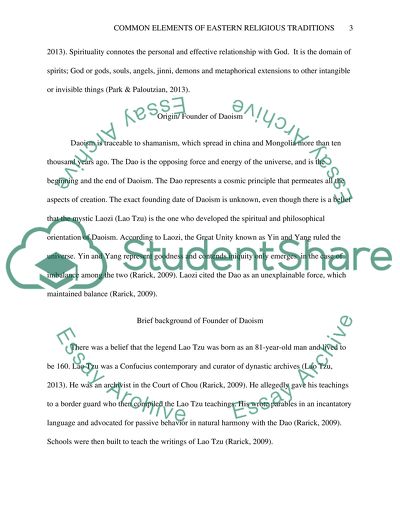Cite this document
(“Common Elements of Eastern Religious Traditions Essay”, n.d.)
Common Elements of Eastern Religious Traditions Essay. Retrieved from https://studentshare.org/religion-and-theology/1649017-common-elements-of-eastern-religious-traditions
Common Elements of Eastern Religious Traditions Essay. Retrieved from https://studentshare.org/religion-and-theology/1649017-common-elements-of-eastern-religious-traditions
(Common Elements of Eastern Religious Traditions Essay)
Common Elements of Eastern Religious Traditions Essay. https://studentshare.org/religion-and-theology/1649017-common-elements-of-eastern-religious-traditions.
Common Elements of Eastern Religious Traditions Essay. https://studentshare.org/religion-and-theology/1649017-common-elements-of-eastern-religious-traditions.
“Common Elements of Eastern Religious Traditions Essay”, n.d. https://studentshare.org/religion-and-theology/1649017-common-elements-of-eastern-religious-traditions.


